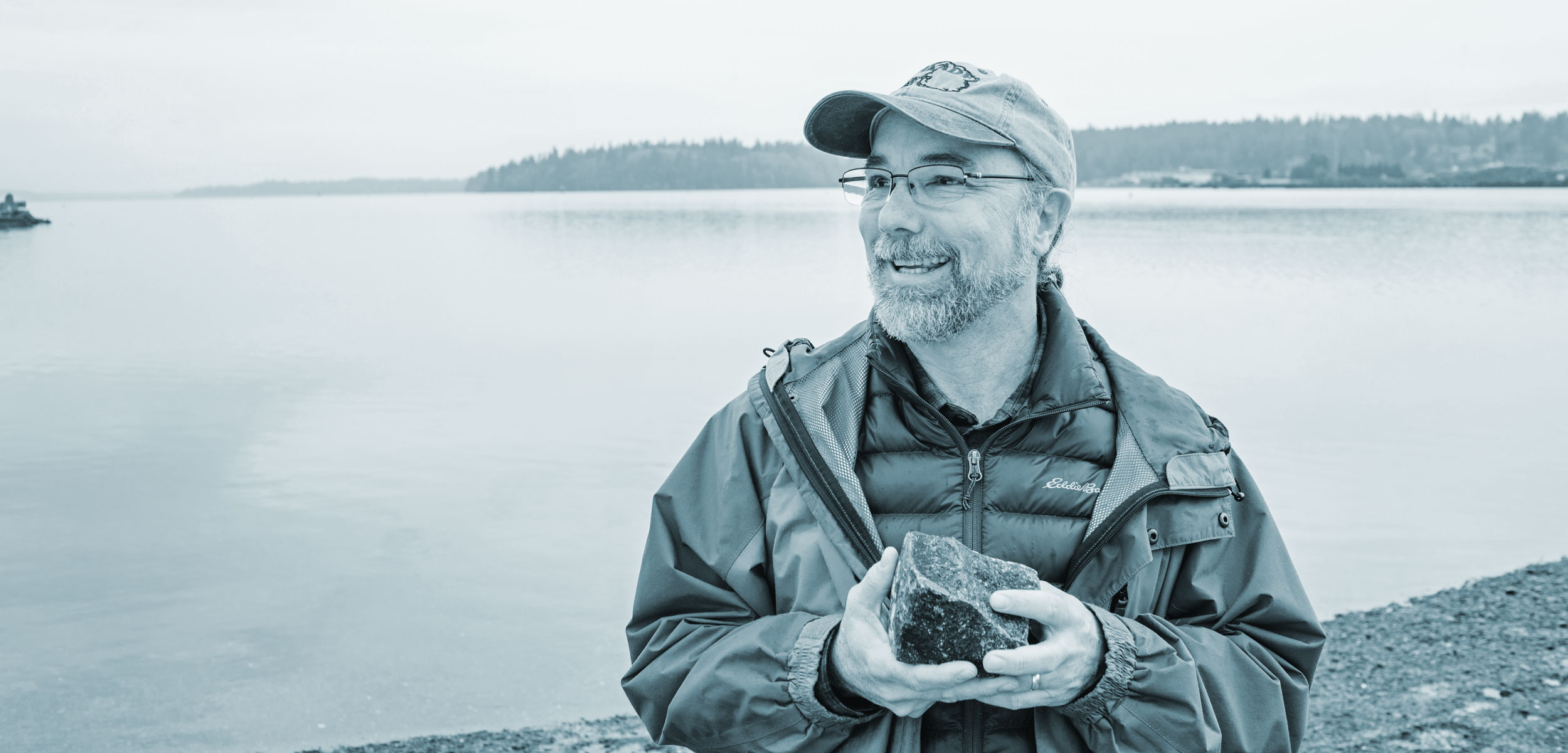Coastal Job: Maritime Archaeologist
Chunks of beeswax have been washing up on the Oregon coast for more than two centuries, and Scott Williams is putting the pieces together in an effort to definitively identify and locate the source of the bounty.
Article body copy
Some people work in cubicles, others work in kitchens, but the most intriguing workplace of all may be the coast. Meet the people who head to the ocean instead of the office in our Coastal Jobs series.
Scott Williams, an archaeologist with the Washington State Department of Transportation, has an intriguing side hustle: searching for a shipwreck from the late 17th century as director of the Oregon Maritime Archaeological Society’s Beeswax Wreck Project.
Everybody loves shipwrecks. So I was excited when a colleague called me up in 2006 and said, “We think we know where there’s a Spanish galleon wrecked, and we need an archaeologist to help us. Would you be willing to work with us?”
I was like, “Heck yeah! But I don’t know anything about Spanish galleons and not much about underwater archaeology.”
It’s called the “beeswax wreck” because the ship was carrying tonnes of beeswax. That beeswax, some chunks as big as pillows, has been washing up on the Oregon coast for 200 years, along with pieces of Chinese porcelain. My job was to figure out what ship it’s coming from and find the wreckage.
The only nation that shipped beeswax around the Pacific in that quantity was Spain—they needed it for candles for Catholic churches in the New World. But a lot of people didn’t know about the Spanish shipping empire, and other archaeologists have been convinced the wreck is a Chinese junk, a Portuguese merchant ship, or a Dutch pirate ship.
We gathered all the information we could from historical archives—journal entries from fur traders, Native American oral histories, newspaper articles—and came up with a plan of how and where we were going to look for the ship. We looked at the Spanish records to see which ships had gone missing along that trade route: there were two in the 1500s and one in 1705. We also analyzed 1,500 pieces of porcelain collected by a beachcomber over 15 years and dated them to their manufacturing period, which was 1680 to 1700. This suggested the wreck was the 1705 ship, but we needed more evidence.
Lots of beeswax has been found along Nehalem Spit in Nehalem Bay State Park, so we focused our efforts there. We started fieldwork in 2007 with a big group of volunteers running magnetometers and ground-penetrating radar along the beach. A magnetometer is like a fancy metal detector that looks for iron—cannons, anchors, bolts. The radar allows us to look underground without digging.
When we were in the field, a geologist and specialist in paleo-tsunamis said the ship wrecked before the great Cascadia earthquake and tsunami of 1700—it’s the only way to explain why people found debris at such high elevation. That means the wreckage was on the beach or just offshore, and the tsunami picked it up and dumped it on the spit.
This created a problem because there wasn’t another missing ship that could have been a candidate for this wreck. But through a bunch of research, we discovered that a galleon that left the Philippines in 1693 was misreported as burning in the western Pacific. All the work we’ve done since then has focused on trying to confirm that identity, which we’re pretty sure we’ve done, and now we’re trying to find the wreck.
The past few years, we’ve been diving and using remote sensing sonar and underwater metal detectors, but we’ve only been able to get out about a dozen times because we need days when there’s very little swell and no fog or high winds. Underwater archaeology is tough because the ocean is unforgiving, especially in the Pacific Northwest.
I always tell people, I’m personally 100 percent sure it’s the 1693 galleon, but as an archaeologist, since we haven’t found the physical wreck, I’m 99 percent sure. My hope is after a big storm, a beachcomber is going to find a cannon or the ship’s going to reappear, and we can say, “Look, there’s the wreck, and it’s a Spanish galleon.”

